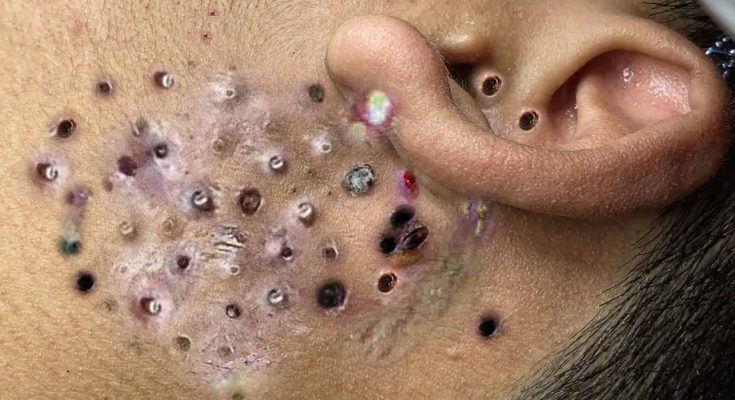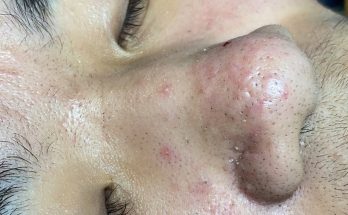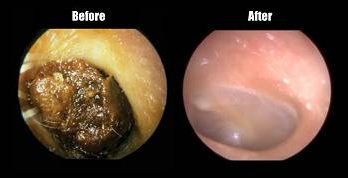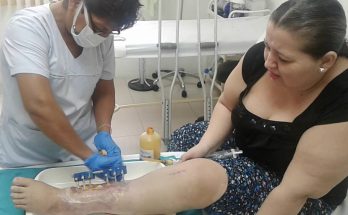To extract blackheads, you need to properly squeeze the skin with your fingers or use a tool to remove material that’s clogging a pore.
Doing this can clean out the skin, but there is also the risk that you could damage your skin if you do not extract the blackhead correctly.1
A professional esthetician can remove blemishes, including blackheads, during a facial treatment, or you can do it yourself at home. Be sure to also follow proper steps for aftercare.
:max_bytes(150000):strip_icc():format(webp)/extractions-57926a473df78c1734994311.jpg)
Professional Blackhead Extraction
Facial treatments at day spas or salons are usually performed by an esthetician. This is someone who has been trained to provide cosmetic skin treatments.
Extractions of blackheads and non-inflamed blemishes, also called comedones, are often part of a facial.
The blackhead removal process generally follows these steps:
- The esthetician will prepare your skin with light steam. This softens the plugs of debris and expands pore openings so the clogged material comes out more easily.
- They may then exfoliate your skin. This also helps prepare the pores for an easier extraction.
- Next, the esthetician uses cotton- or tissue-wrapped fingers to apply gentle pressure to each blackhead or blemish. Some estheticians may also use a small metal tool called a comedone extractor to release the blackhead plug from the pore.
After your treatment, you’ll see an immediate change in your skin. You will no longer have blackheads, and your skin will look smoother, especially if the blackheads were large and obvious.
Should I Have Blackheads Removed?
In most cases, yes, you should remove blackheads before they become worse and are harder to remove.
In some cases, they can turn into deep blackheads, which are more likely to leave scars.2
Done regularly, extractions can also help reduce breakouts. That’s because removing small pore blockages prevents them from turning into larger, inflamed pimples.3
How to Extract Blackheads at Home
With care, you can safely extract blackheads at home.
This is easiest just after a shower when your skin is warm and the gunk inside the pores is softer. You can also prep your skin with a face steamer if you prefer.
You will need to follow the same steps that a professional would. But when extracting your own blackheads, you may be tempted to go a bit further than is safe or skip some steps.
To remove blackheads safely, be sure that you always:1
- Wash your hands before beginning.
- Use very gentle pressure to squeeze the sides of the blackhead.
- Avoid squeezing your blackheads with your fingernails.
- Make sure your fingers are wrapped with cotton or tissue.
- Take extra care when using a comedone extractor. These devices can put a lot of pressure on the skin if you use them incorrectly.4
- Leave blackheads that won’t budge for another day. If one doesn’t come out, don’t force it.
Never squeeze or try to “pop” a red, inflamed pimple. This can cause scarring.5
Your skin may be slightly red for a very short time after removing blackheads. This is just because of the pressure put on the skin during the extraction. You’re more likely to see this if your skin is sensitive.6
Products to Use for Blackhead Removal
Many products are available to help you remove blackheads.
They include:
- Face washes, lotions, masks, clays, peels, exfoliants, and gels that help dissolve blackheads
- Sticky pore strips
- Manual blackhead removal devices (which help you put pressure on the skin around the blackheads)
A dermatologist or esthetician can help you choose what works best for your skin type.
Be sure to follow product instructions, since using something too often or too forcefully could end up doing more harm than good.
Prescription retinoid creams can prevent blackheads from forming in the first place.7
What to Do After Blackhead Removal
Once the blackhead has been removed, you need to apply an anti-inflammatory and use something that will get rid of bacteria on the skin.3
Witch hazel, a common home remedy, works well as a toner with anti-inflammatory and antimicrobial properties.8
Can I Extract Other Blemishes?
Only non-inflamed blemishes can be extracted with this procedure. This includes:
- Blackheads
- Closed comedones
Extractions work for blackheads and blemishes anywhere on the skin, including:
- Face
- Neck
- Chest
- Back
- Shoulders
Inflamed blemishes like acne papules should only be extracted by a healthcare provider.1
Milia typically can’t be removed during a facial. These are small cysts that look like tiny whiteheads. They form when a protein called keratin gets trapped under the skin.
Milia need to be removed with a sharp tool called a lancet. In some states, estheticians can’t perform this procedure by law so be sure to do your research first.9
Summary
An esthetician can remove your blackheads during a facial treatment. This is a safe procedure that can help your skin look smoother and prevent breakouts.
Blackheads and closed comedones can be extracted. Inflamed acne and milia need to be treated by a healthcare provider.
You can extract blackheads at home as long as you use gentle pressure and avoid squeezing the skin with your fingernails.



